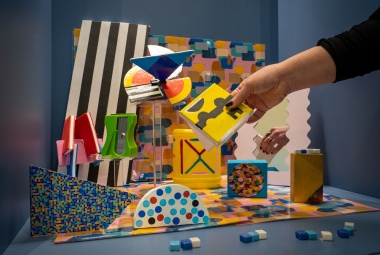The World at Home
In the 17th and 18th centuries, Dutch interiors were enriched by Asian influences. The Dutch East India Company and individuals imported large quantities of Chinese and Japanese porcelain and lacquerwork from “the Orient”.
Porcelain, in particular, found its way into every stratum of society: even the poorest household was likely to own a plate or a teacup and saucer from China. Before long, Asian porcelain had become part of Dutch everyday life and material culture. Its popularity soon gave rise to imitations.
This exhibition showed how Asian and Dutch producers responded to public interest and buyers’ tastes, and how they competed with each other.


